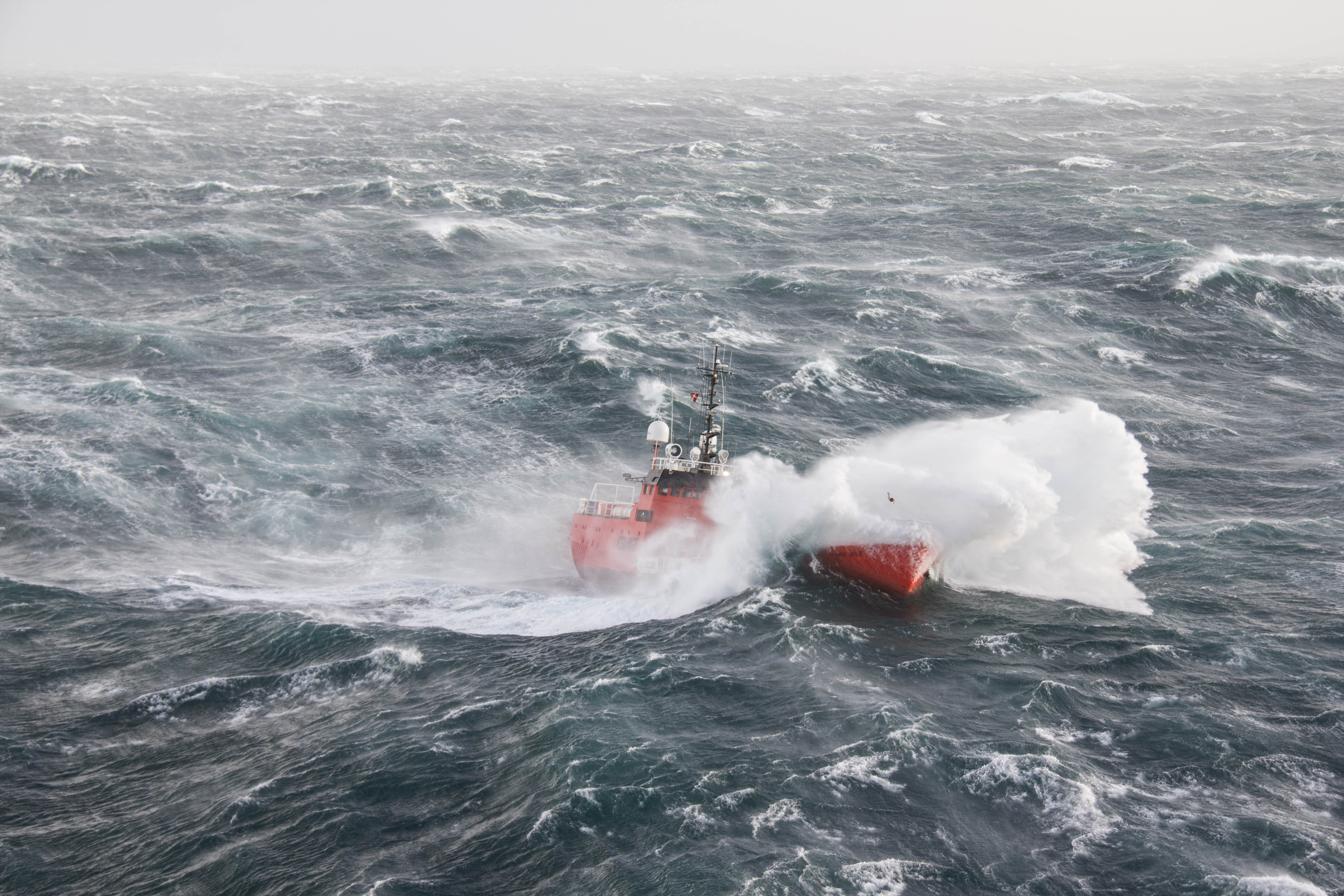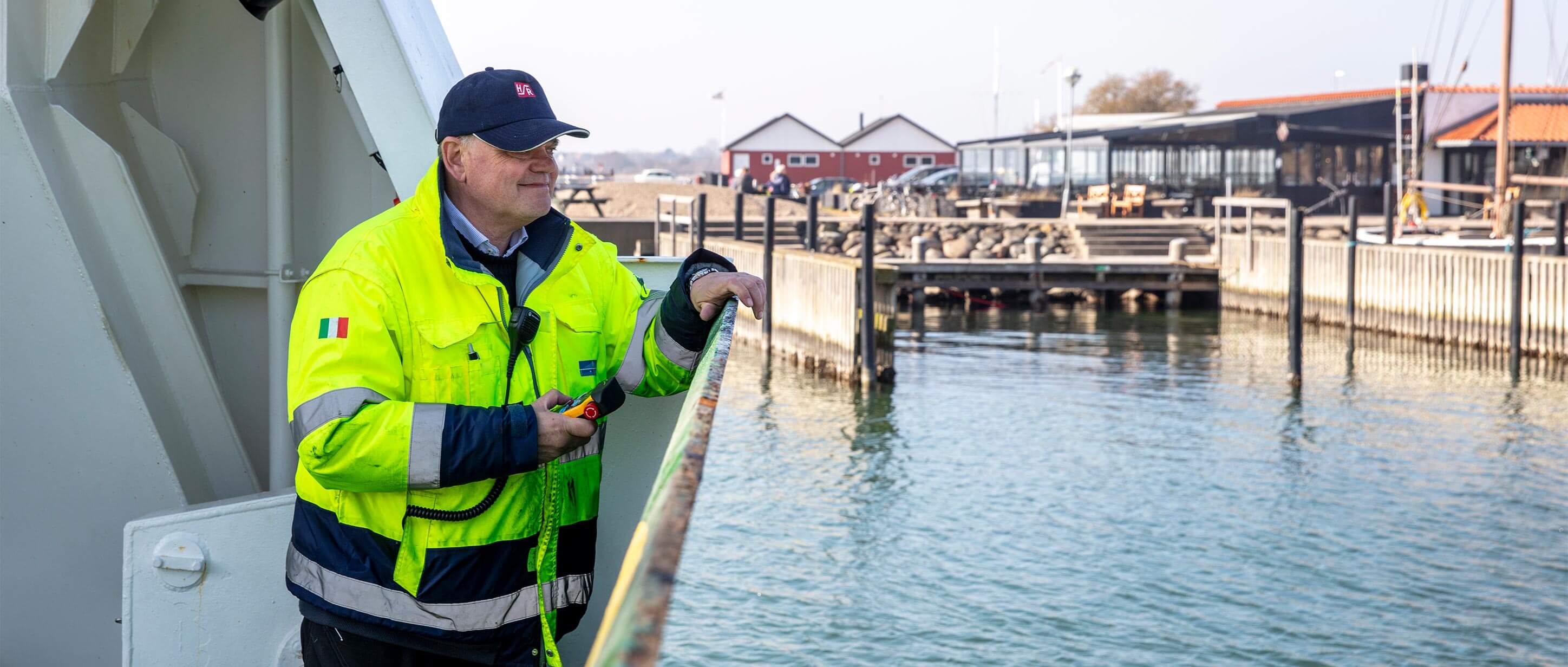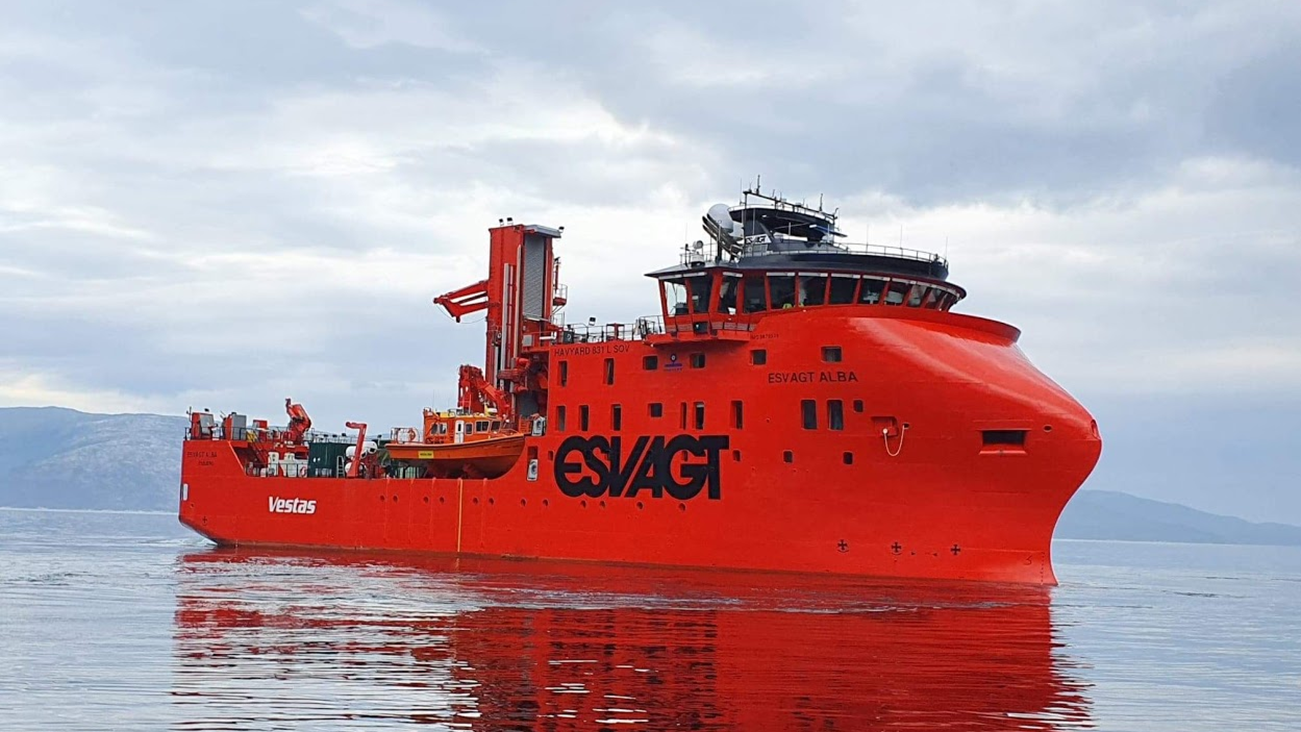Esvagt's mission is to make the sea a safe place to work, whether it is on ships, in the offshore industry or in transport between the two. 'Do it safely or not at all', is the mantra for the Esbjerg company, who wants to be best in terms of both skills, mindset, and equipment.
Numbering around 1,300 employees, primarily spread across 40 ships in operation, Esvagt is among the major players when it comes to safety at sea. The company is based around the renewable energy and oil and gas sector in the North Sea, as well as in the Barents Sea, and further south and west in Europe.
The core business is to ensure the sea as a safe place to work, partly in the transport of employees to and from platforms and offshore wind farms, and partly when there is a need to respond in the fast-moving lifeboats for emergency situations.
With this in mind, it goes without saying that Esvagt has a natural interest in the field that abbreviates HSE in English, i.e., health, safety, and environment, which in Danish can be summarized under the working environment umbrella. Asger Stürtzel Sørensen, the company's head of HSE, explains:
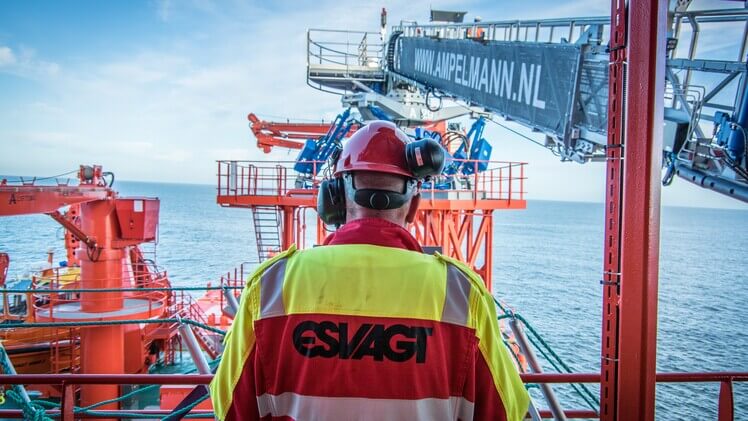
»It's basically about establishing a working environment that is safe, comfortable and healthy. Safe – safety that is – is very much about the things that happen here and now, while people are grinding or welding and can get something in their eyes or the like that you must protect yourself from with the right equipment,« he says and continues:
»Health is more about the long-term effects of work, it could be paint or ergonomics, which first has an effect in the long run, but is also harder to handle because it can be a bit more complicated to identify the inherent danger of a task compared to getting some abrasive dust in your head.«
As a central value, the mantra 'Do it safely or not at all' is used as a guideline, encompassing that an employee feels and is safe from the time he or she goes to work until returning home.
»It's in our nature that if we go out and sell safety at sea, we have to act safely ourselves when we go to work. Therefore, it is deeply rooted in us that we must approach every task in a safe way,« Asger Stürtzel Sørensen says.
New knifes and easier risk assessments
This is exactly where he and his department come into the picture, with the task of creating the framework for employees to act safely. This is done by making some tools – both concrete and in a more figurative sense – available to the employees so that the they have the prerequisites to work safely.
If something does happens, despite the effort to avoid it, it is also the HSE department's job to find out what actually happened and why, so that the right steps to prevent it from happening again can be taken. This also applies to a so-called near miss, i.e., something that didn’t became an actual incident, but was close to it.
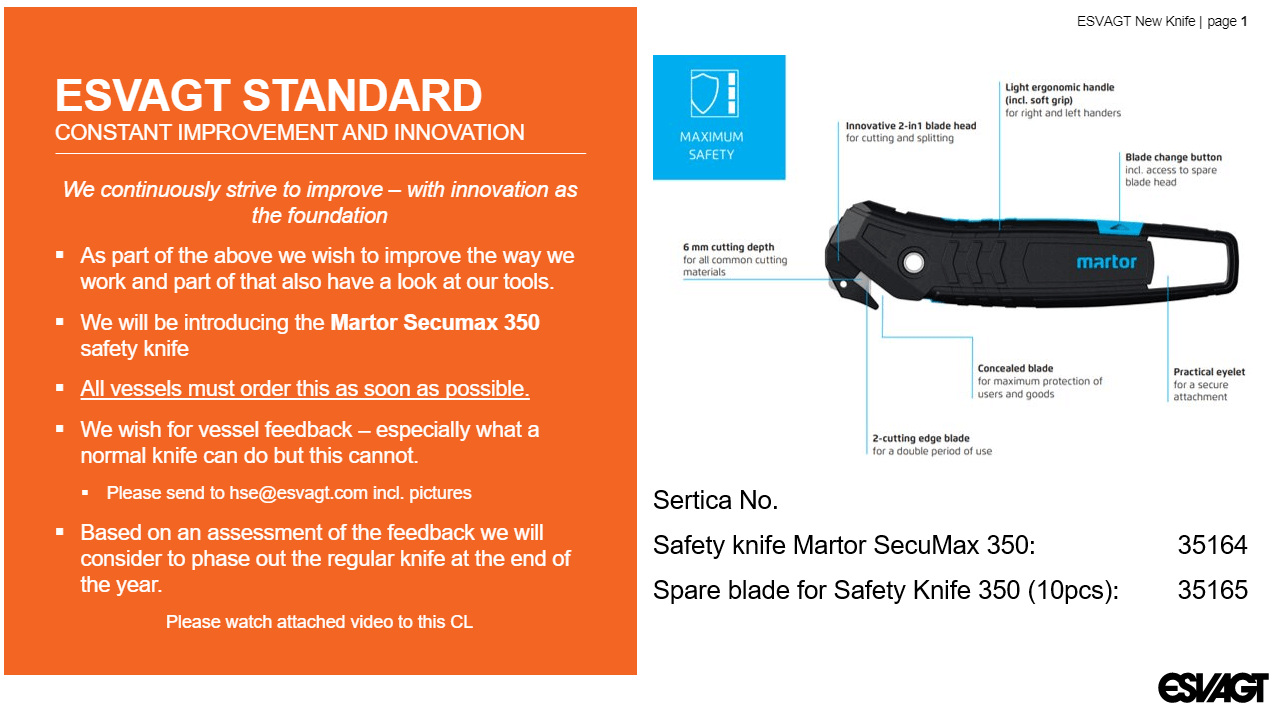
As a very practical example of some of what Esvagt works with, Asger Stürtzel Sørensen mentions a process that is underway, where the company are considering replacing a normal small knife, which many sailors carry with them on board, with a more modern and not least safe version.
The next step is for some of the new knives to be sent out on the ships so that the people can test whether they are actually usable in the real world or if there are tasks the crew members suddenly can’t perform.
At a more general level, Esvagt is in the process of revising their approach to making risk assessments, allowing them to be to be able to handle the many different needs and requirements that comes with working offshore in a more differentiated way.
»You can't impose the same requirements on a man who has to do, for example, a paint job by himself – even though that can hold its perils – as if it was complex operation where several departments on the ship work in unison and a lot of different elements have to come together,« Asger Stürtzel Sørensen says.
So far, there has been one format for risk assessments, but in the future, the tasks will be divided into at least two categories, where the smaller things will not require extensive paperwork, as has been the case in the past, and some better guidelines for designing the assessments will be established.
Trust and open dialogue
Esvagt regards safety as an important discipline that must be prioritized in everyday life, but also about security as a culture that permeates the organization and, in many ways, defines how things are generally done in the company.
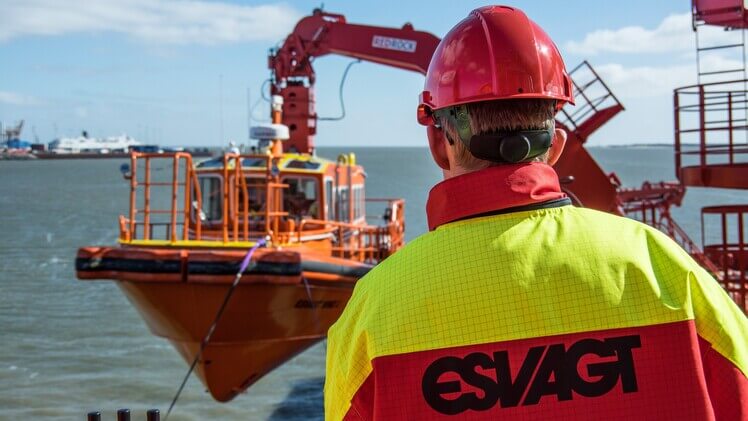
The culture is now well established during more than 40 years of existing as a company, so for Asger Stürtzel Sørensen and his team, the task at hand revolves around maintaining and further developing that culture as the company grows and takes on many new employees.
»One of the ways we do this concretely is that all the employees who start with us, attend a Safety Awareness course that we from the HSE department host, addressing some of the basic principles of our safety culture,« he says.
»It's both prosaic stuff like wearing tight-fitting footwear on board, and it's this approach to a job and what it means to do something safely or not at all; that is, when an action is inherently safe, because there are different perceptions of that,« Sørensen stresses.
In addition, there is an ongoing dialogue with the ships about the socialization that takes place on board, in which the captains play a very important role. As a starting point, Esvagt therefore does not hire captains from outside, but rather lets people work their way up through the ranks, precisely to ensure that you have the organizational cultural basis in place.
»If I were to draw a cornerstone in our safety culture, it would have to be open dialogue. That we are open about how things are, what it is we can do and what we can't, that we’re open about what kind of equipment we have and what it can be used for, and that we’re open about being able to say it like it is if something is off,« Asger Stürtzel Sørensen says.
The latter is especially about employees not fearing reprisals if they report a task, they cannot perform for one reason or another, whether it is due to lack of equipment, prerequisites, or something entirely different. Leaders in Esvagt must be able to tolerate hearing this, he emphasizes.
»Then we will find a solution. Because we do it safely, or we don't. We dare to say things as they are, and one of the prerequisites is that the managers can handle this information in a responsible way, which of course requires trust both ways, so that is also important,« Asger Stürtzel Sørensen concludes.
